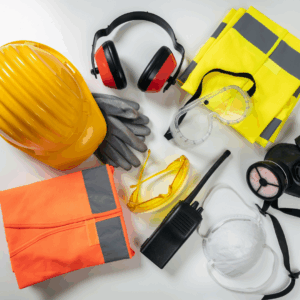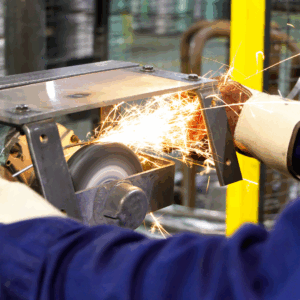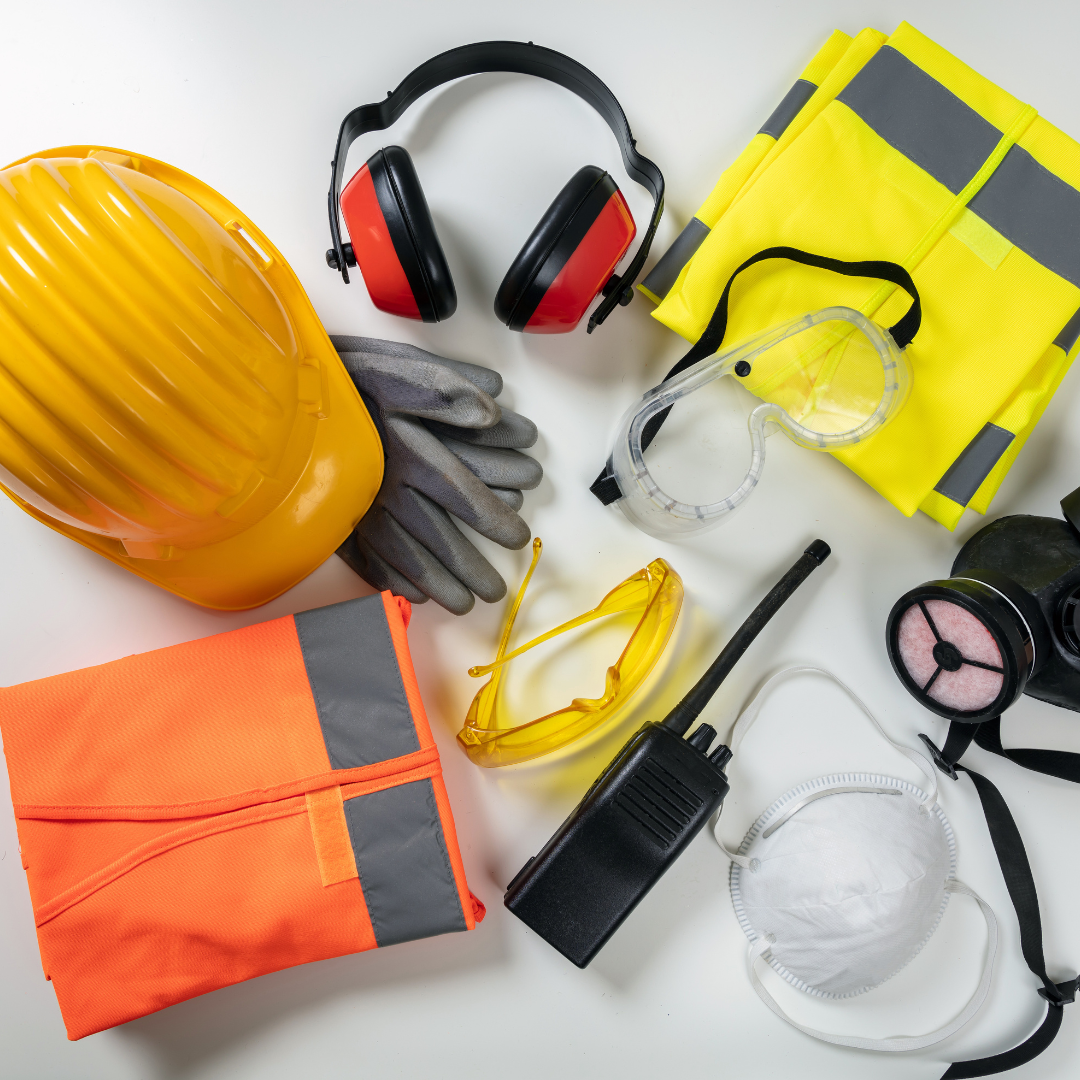When it comes to workplace safety, PPE isn’t just a box to tick, it’s a critical investment in compliance and workforce wellbeing. For professionals managing workshops, construction sites, warehouses, or manufacturing operations, it’s vital to stay up-to-date with the latest standards and innovations in personal protective equipment.
Here’s a rundown of essential PPE that should be on every job site in 2025—along with the upgrades, tech integrations, and spec considerations that make the difference in high-risk environments.
High-Vis Workwear:
2025 high-vis gear is smarter than ever. Stretch fabrics and segmented tape are now standard, allowing better range of motion and breathability without compromising visibility. Look for workwear that meets AS/NZS 4602.1 standards and includes UV protection and moisture management especially for outdoor or long-shift crews.
🔍 Pro tip: Consider investing in high-vis gear with RFID tags for easier asset tracking in large-scale operations.
Helmets:
The new wave of safety helmets offers smart integration including fall sensors, fatigue indicators, and chin-strap compliance. Models like the MIPS (multi-directional impact protection system) helmets are gaining traction for tasks involving mobile platforms or confined spaces.
🔧 What to watch: Ensure compliance with AS/NZS 1801 and be mindful of expiry dates. A cracked shell, no matter how minor, should be replaced immediately.

Gloves:
Gloves have gone far beyond “one pair fits all.” The 2025 glove market caters to every niche from cut level 5 protection for glass handling, to chemical-resistant nitrile for labs and industrial cleaning. Look for reinforced palm grips, touchscreen compatibility, and breathable backs for all-day wear.
💡 Efficiency boost: Stock multiple glove types per station and train teams on when to switch many injuries come from using the right glove in the wrong application.
Eye and Face Protection:
If workers aren’t wearing eye protection, chances are it’s because it fogs up, restricts vision, or doesn’t fit well. Leading models in 2025 are solving those issues with anti-fog coatings, wraparound designs, and adjustable temple arms. Full-face visors with flip-up features are also in high demand for grinding and cutting stations.
🔍 Checklist item: Confirm compliance with AS/NZS 1337.1, and replace scratched lenses to maintain visual clarity and compliance.
Respiratory Protection:
Dust, silica, fumes there’s no room for compromise. With the updated WHS Regulations tightening exposure limits, respirators must be fit-tested annually and rated appropriately. Half-face reusable respirators remain the go-to for most tasks, but PAPR units are increasingly accessible for high-exposure jobs.
📦 Inventory tip: Store masks and filters in airtight containers. Moisture and dust ruin filter integrity over time, even before use.

Hearing Protection:
Basic ear muffs or plugs don’t cut it on modern job sites. Today’s hearing protection often includes active noise cancellation, built-in comms, or Bluetooth for integration with radios. This dual-function gear enhances both safety and coordination especially in loud, high-mobility zones.
🎧 Look for: AS/NZS 1270 compliance and SLC80 ratings suited to your environment’s decibel exposure.
Footwear:
Work boots now cater to job-specific needs: metatarsal guards for heavy industry, ESD protection for electronics assembly, or zip-side access for quick removal in restricted zones. New materials like composite toe caps and slip-resistant soles are becoming standard across industries.
🧰 Pro move: Keep spares on-site blown soles or damage can take a worker off the floor for a full shift.
Smart PPE:
2025 is seeing a real push toward PPE that connects to broader safety systems. Think GPS-tracked vests, smart badges, fatigue sensors, and biometric wearables that sync with site supervisors. While not mandatory yet, they’re fast becoming standard on larger or higher-risk operations.
💡 Consider this: Sites adopting smart PPE often report a drop in incident response time and better overall compliance documentation.
The right PPE doesn’t just protect your crew, it protects your bottom line by reducing downtime, ensuring compliance, and showing your commitment to a safety-first culture.
Looking to upgrade your site’s PPE stock or equip new workers without blowing the budget? Explore quality clearance deals and trusted brands with www.industrialclearance.com.au



